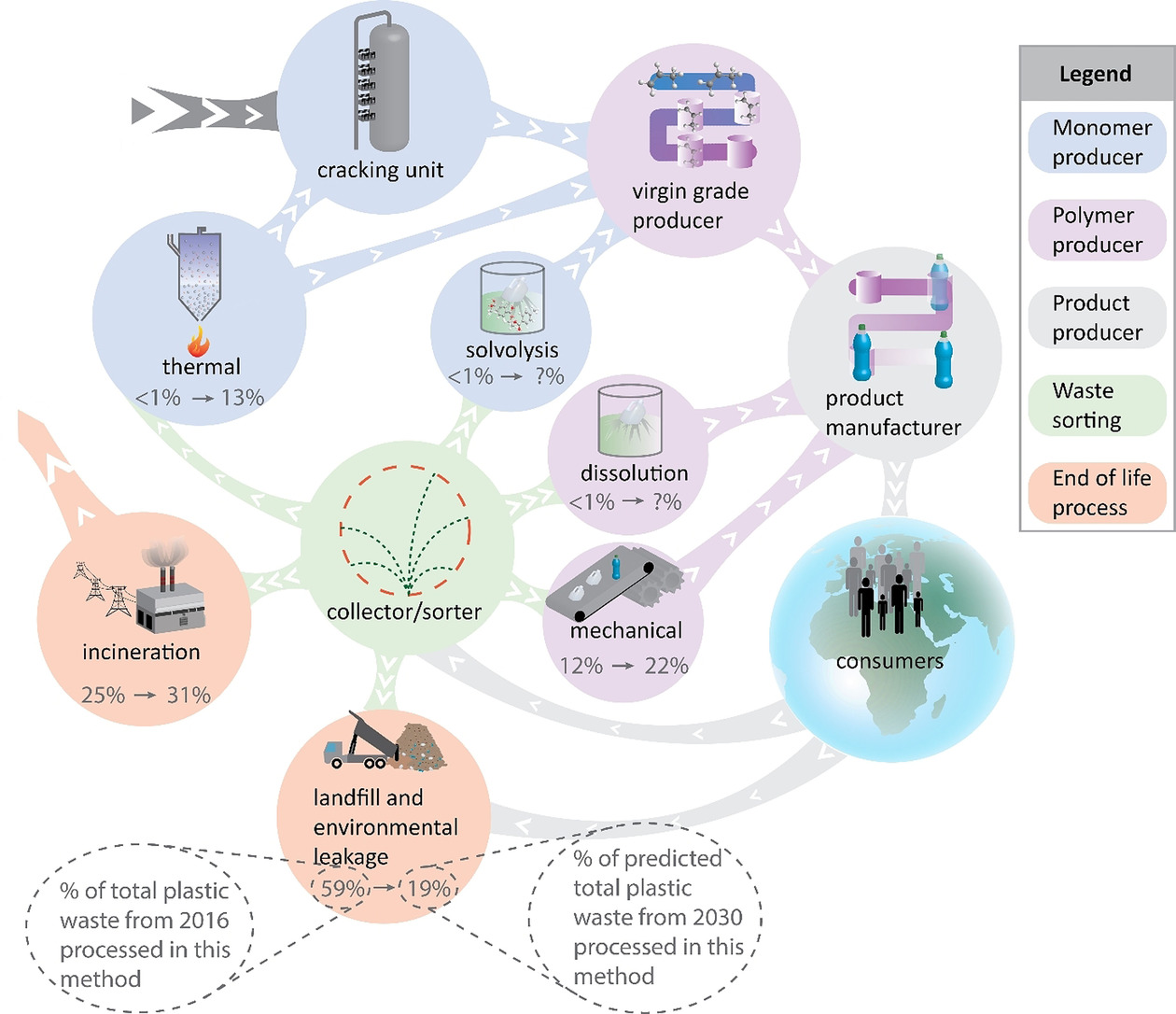Time after time plastic has amazed the world with its versatile and useful materials. Humans have come a long way since the clay pots and the invention of plastic is the pinnacle of his success. It has drastically changed history and allowed us to design household and industrial items that were impossible otherwise.
There are countless types of plastics, each for its own purpose and with a unique property. One of the most popular types is plastic resins. Plastic resins are a result of the cracking process that breaks down larger molecules from the process of crude oil refining into ethylene or propylene. Today, a plastic resin is widely used in automotive, construction, electronics, and packaging.
According to Allied Market Research, the global plastic resins market is expected to reach $522.5 billion by 2027, growing at a CAGR of 4.5% from 2020 to 2027. Rise in use of plastics in the automotive industry, surge in use of polyethylene terephthalate resins, and the advent of end-use applications of plastic resins drive the growth of the market growth. Moreover, the market players have adopted several business strategies such as product launch, partnerships, acquisition, and mergers to maintain their foothold in the plastic resins industry.
Covid-19 impact on the plastic resins market
However, the Covid-19 pandemic hampered the growth of the plastic resins industry. The Covid-19 pandemic presented unprecedented challenges to market players. The temporary ban on manufacturing factories, restrictions on import-export to curb the spread of the virus hampered market growth.
The demand-supply gap, disruption in raw material procurement, and price volatility severely affected the chemical industry. Despite the challenges, the demand for plastic resin from the packaging industry for hygiene products has increased during the pandemic. The demand from the automotive manufacturing and construction industry has decreased
However, the world is slowly recovering from the pandemic, offering a ray of hope for the plastic resin industry. In addition, the strength of the housing, construction, and recovering automotive sector is expected to help the industry recover from the negative effects of the pandemic. However, the issues of climate change and instability in the petroleum industry will continue to affect the industry, even after the pandemic.
Rapid launch of novel plastic resins
The impact of plastic on the environment has been a concern. Thus, major market players have been investing in developing new methods to recycle plastic in various forms. For instance, DOW, a global material science company, recently developed a new formulated post-consumer recycled (OCR) plastic resin. The novel resin is created with 40% PCR content that creates a film that shows similar performance such as virgin resins. The company used the recycled plastic collected within China
As per Bambang Candra, the Asia-Pacific commercial vice president at DOW stated that the new resin would help create a circular economy for plastic without compromising the performance of the product. Moreover, as plastic waste is a major concern, it the company’s responsibility to develop such products that help reduce plastic waste.
The application of plastic resin for packaging has increased over the last few years, due to the growing demand for e-commerce. Thus, the demand for durable, efficient packaging to protect products throughout their shipping journey has surged more than ever. A product such as DOW’s plastic resin offers a new opportunity to meet consumer demand while helping the environment.
On the other hand, 3D Systems, the major 3D printing solution provider unveiled a new production-grade plastic resin. The resin is engineered in a variety of environments such as indoor and outdoor storage and humidity and UV exposure and observed that it yields rigid, durable parts with an injection molding-like finish. Moreover, the resin possesses a 65-degree calcium heat deflection point, ISO biocompatible capability, and high elongation at break. This makes it ideal in consumer goods, electronics, industrial, and medical industries.
As per the company, Figure 4 Rigid White resin offers heat resistance, rigidity, and dissipative qualities that are vital for various applications in end-user industries. In addition, the resin is characterized by a flexural modulus of 2200 MPa and elongation at a break of 20%, which makes it suitable for manufacturing parts such as housing, jigs, or fixtures. The resin is useful in the tough, adverse industrial environment.
Future of resin lies with recyclable plastic
Plastic is now ubiquitous. It is a part of nearly every product we use. According to a survey, an average person in the U.S. generates around 100 kg of plastic waste every year and the majority of the waste goes to landfills, harming the environment.
The worst part of dealing with plastic waste is the fact that plastic was never designed for recycling. However, several researchers have been searching for a way to manufacture recyclable resin. While the companies such as DOW have launched their recycled plastic resin, the demand for newer, easier methods to break down plastic is unfulfilled.
For years, plastic resins were taken for granted and their use was often careless. However, the world demands recyclable plastic resins that do not compromise their properties and applications. The world without plastic is impossible to imagine. However, the advent of recycled resin offers a chance to make plastic greener.





